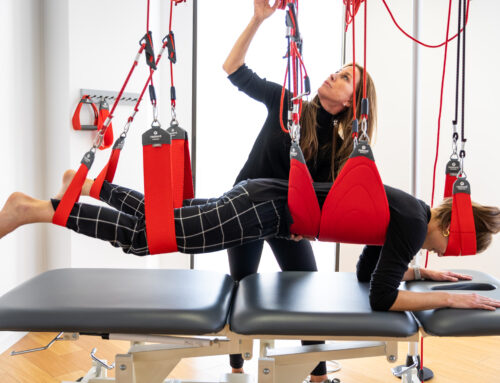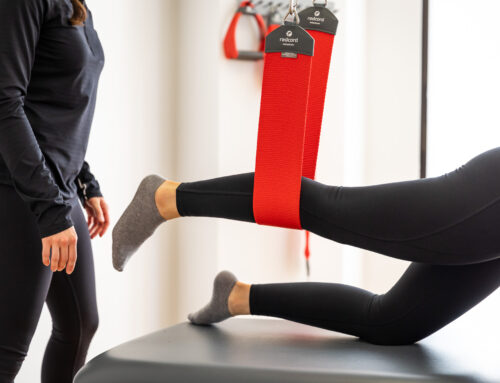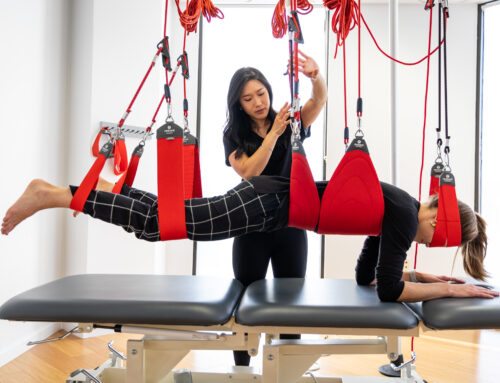Background: The aim of this study was to investigate the effect of active shoulder exercise with a sling suspension system on shoulder subluxation,
proprioception, and upper extremity function in patients with acute stroke.
Material and methods: Thirty-six patients with acute stroke and shoulder subluxation were randomly assigned into two groups. The study group (n=18) received active shoulder exercise with a sling suspension system, and the control group (n=18) received bilateral arm training for 40 minutes, for five days a week, for four weeks. The outcome measures before and after the intervention included measurement of shoulder subluxation distance, shoulder proprioception, the Fugl-Meyer assessment (FMA) scale, and the manual function test (MFT).
Results: Comparison of the study group with the control group showed significant differences in all outcome scores post-intervention (p<0.05). The study group had significant improvement in shoulder subluxation distance, shoulder proprioception, the FMA score, and the MFT compared with the control group.
There was a significant difference in shoulder subluxation (p=0.001), shoulder proprioception (p=0.046), the FMA score (p=0.002), and the MFT (p=0.007) between the two groups, which favored the study group.
Conclusions: Active shoulder exercise with a sling suspension system may be effective in reducing shoulder subluxation, improving proprioception, and upper extremity function in patients following acute stroke.





